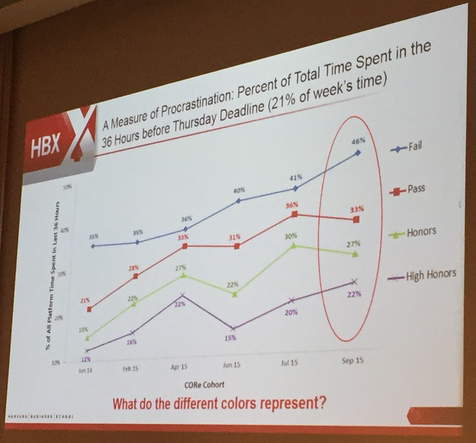
For many people in the workplace, finance is a department shrouded in mystery. But finance affects each and every person in a company – it explains how their actions impact the company’s success, creates guidelines for the future, and sets meaningful metrics to determine performance. But what if you could see inside the mysteries of finance? How can understanding finance benefit you?
1. Learn how to analyze performance for your department
Finance gives you the tools you need to determine how well your department is performing, both by itself and as part of the greater company. Are you doing well? Who should you be compared to? What measures should you use for performance? Many companies choose the wrong metric for performance, or use the same metric for every department, and miss the unique ways in which each department contributes to corporate profits. A company that measures performance strictly in increased revenue targets, for example, may entirely miss the costs of increasing those targets (even as they may grow higher than the increased revenue!).
2. Interact better with your company's finance department
Many people think of their company's finance department as gatekeepers – a group primarily designed to say “no” to promising ideas. With the language of finance and an understanding of the factors they are considering, your finance department can become your partners, improving ideas and generating value-creating opportunities.
3. Unlock the true sources of value creation
Where does value come from? How do you improve your company’s worth to investors and the public? Is the project you’re working on actually making the company better off than if it were not done at all? Finance gives you the knowledge and the skills to answer these questions and to ensure that every project you take on will directly and meaningfully impact your company’s success.
4. Understand that actions tell stories
Everything that you or your company does tells a story that will be interpreted by someone else. What story are you telling? Are you accidentally sending a signal to your investors that hard times are coming? Or are you intentionally ensuring that your actions line up with your words and paint an accurate picture of the future of your company? In a world where investors must make guesses about what goes on inside a company, everything is analyzed – are you sending the right messages?
5. Appreciate the impact of your job
Ultimately, every position impacts the bottom line of a company. But how? It’s easy to see the impact that the Sales department may have on increasing revenues, but what about the IT department? Or accounting? Every department makes a measureable impact to the success of the company, and understanding the impact of your own job, using the tools of finance, can be the best first step to reaching a higher level of performance.
6. Understand investing and capital markets
Everyone interacts with capital markets, whether they know it or not. Your retirement fund is likely invested in a pension plan. Your personal investment portfolio is managed through a broker or packaged in a mutual fund. Finance can help you understand what makes a good investment – the places that can give your savings a secure and prosperous place to grow and multiply. Equally as important, it can show you what people are looking for in terms of investments and how your actions at your company can help to give it to them.
Finance doesn’t have to be a mystery. It can instead be the secret to your – and your company’s – success.
Interested in gaining a toolkit for making smart financial decisions and the confidence to clearly communicate those decisions to key internal and external stakeholders?
About the Author
Brian is a member of the HBX Course Delivery Team and is currently working on the new Leading with Finance course for the HBX platform. He is a veteran of the United States submarine force and has a background in the insurance industry. He holds an MBA from McGill University in Montreal.






























